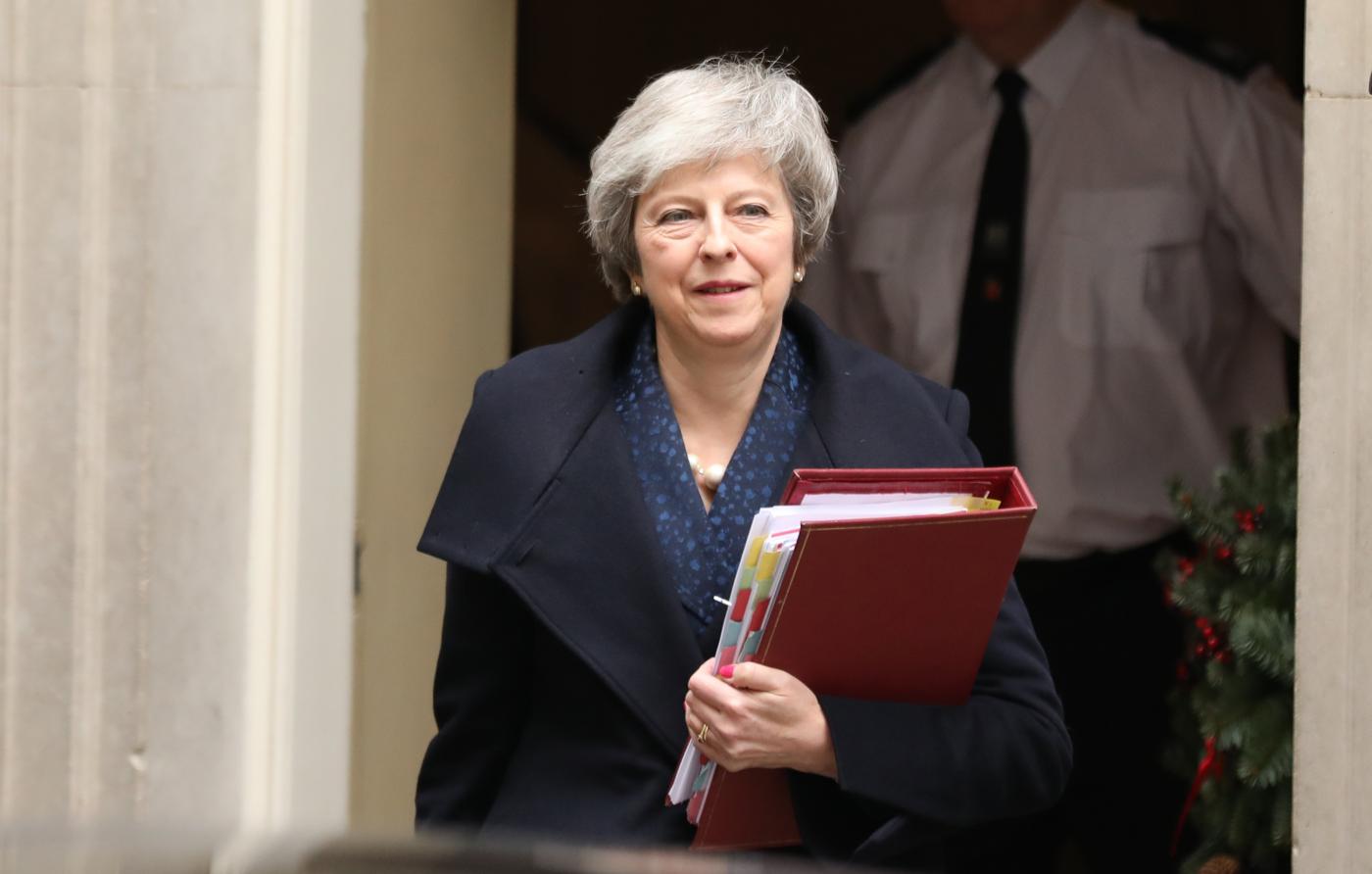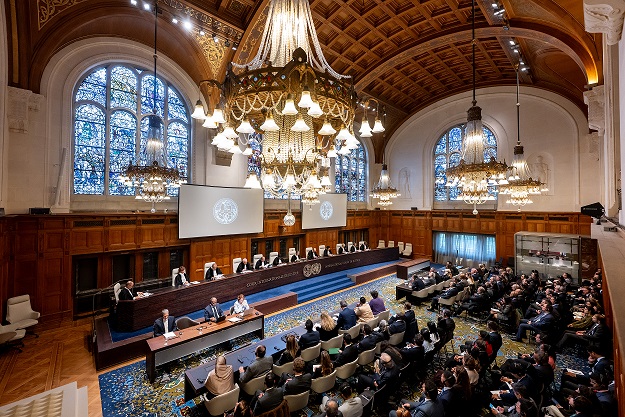A top European Union (EU) official said he was willing to clarify points in the joint non-legally binding political declaration on the United Kingdom’s withdrawal from the bloc, but seemed to dash any hopes the British Prime Minister Theresa May had…reports Asian Lite News

“She travelled to Brussels in search of concessions on the Irish border safeguard as laid out in the legally-binding withdrawal agreement, which is to remain firmly shut,” the EU official said.
European Commission President Jean-Claude Juncker met May in the Belgian capital to discuss ways to end the Brexit impasse, Efe news agency reported on Thursday.
“President Juncker underlined that the EU27 will not reopen the withdrawal agreement that represents a carefully-balanced compromise between the EU and the UK in which both sides have made significant concessions,” a joint statement said.
May returned to Brussels after members of the House of Commons, the UK’s lower chamber of Parliament, first rejected the withdrawal deal in its current form and then passed an amendment to it, requiring the Prime Minister to seek alternative solutions to the backstop, which could include legally-binding changes to the clause to add an expiration date or grant the UK the powers to unilaterally withdraw from it, should it come into use.
“President Juncker, however, expressed his openness to add wording to the political declaration agreed by the EU27 and the UK in order to be more ambitious in terms of content and speed when it comes to the future relationship,” the statement said.
The political declaration is a non-legally binding text adjoining the withdrawal deal, which serves more like a statement of goodwill for a deep future partnership.
May and Juncker held “robust” discussions in search of a solution to the logjammed deal that would command a majority in the Commons. Teams from both sides of the negotiating table would meet again before the end of February, raising the chances of discussions that could trundle towards the official Brexit date — March 29.
The Irish backstop in its current form sent disunion in May’s Conservative Party. Hardline party members fear that the safeguard could bind the UK to the EU indefinitely.
The Democratic Unionist Party, a Northern Irish group whose voting power in the Commons keeps May’s minority government afloat, also rejected the measure as they say it would in effect subject the UK territory in Ireland to different rules compared with the rest of Britain.
Jeremy Corbyn, leader of the left-leaning Labour Party, wrote to the Prime Minister that he would back her withdrawal agreement if she made five alterations, which included the addition of remaining in the customs union.
The move sought to smooth over disagreements regarding the border between Northern Ireland and the Republic of Ireland, but angered pro-remain Labour members.
The open border in Ireland, now all but invisible, is a 499-kilometre (310-mile) geographical line running through the countryside, and bisecting main roads and even rivers, is enshrined in an international peace deal that in 1998 helped end decades of sectarian and political violence in Northern Ireland.
Over 3,000 people died during the unrest, which saw unionist para-militaries from largely Protestant areas, who consider themselves to be British, and Republican militias from largely Catholic areas who sought a re-unified Ireland, indulge in violent fights.
Neither the EU nor the UK want to return to the hard border.








